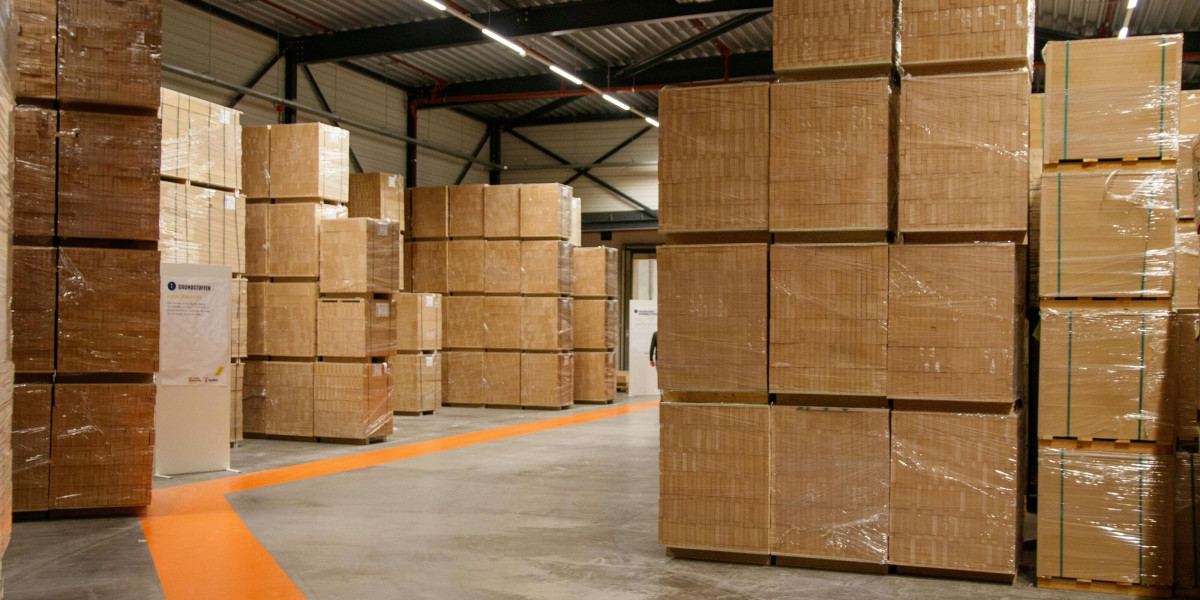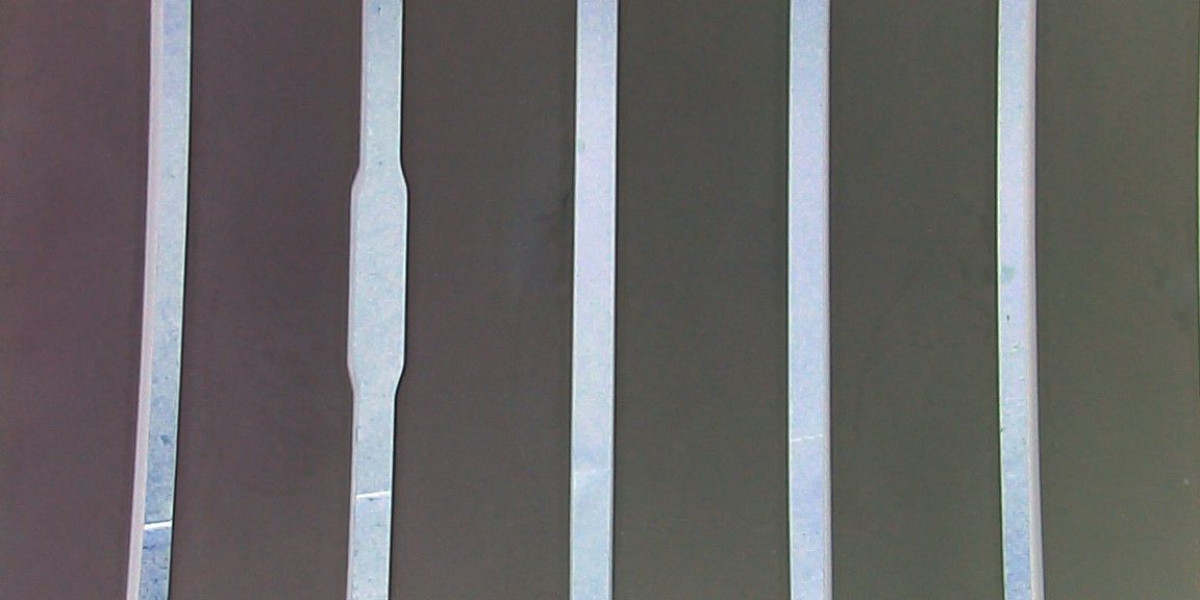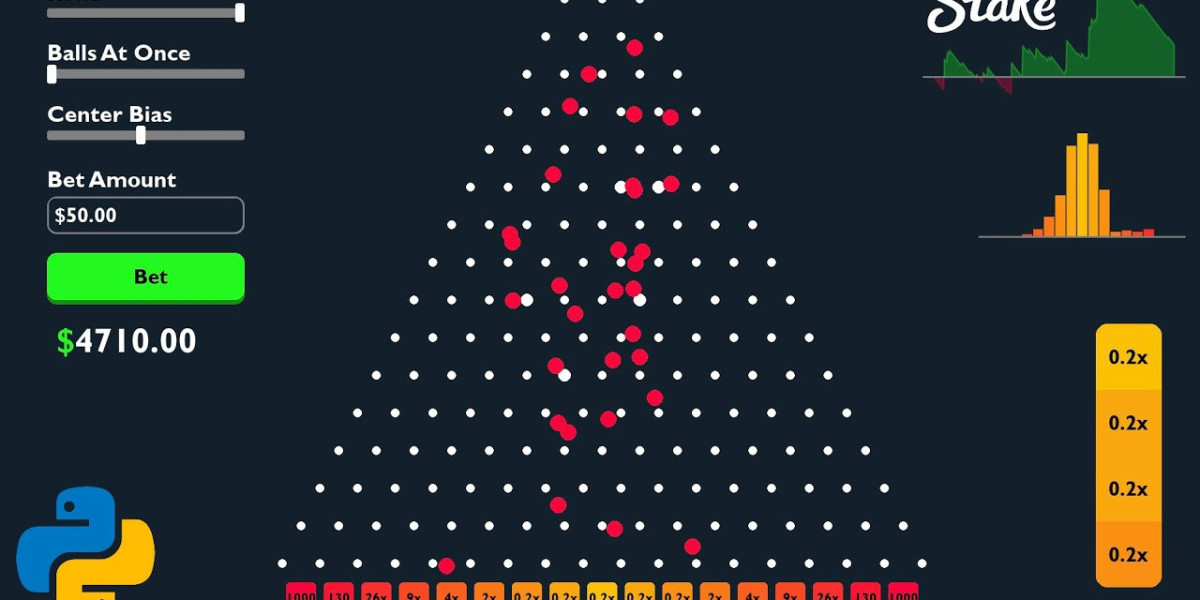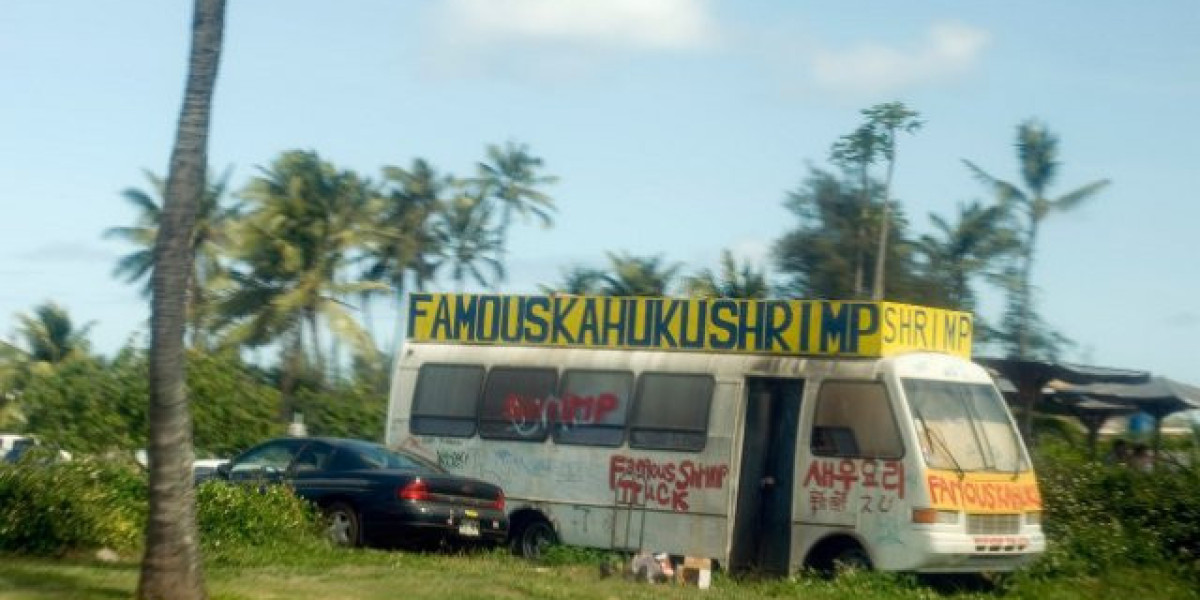In the world of retail, few product categories are as universally relevant yet fiercely competitive as travel bags. Every journey, from a daily commute to a globe-spanning adventure, begins with one essential item: a reliable piece of luggage. For retailers, this represents a significant opportunity. However, succeeding in this space requires more than just stocking shelves with generic totes and suitcases. It demands a strategic approach to sourcing, an understanding of evolving consumer demands, and the ability to identify quality in a crowded marketplace.
This guide is designed to equip you with that knowledge. We'll navigate the intricate landscape of the travel bag industry, exploring key considerations that go beyond the price tag to help you build a collection that turns casual browsers into loyal customers.
Understanding the Modern Traveler: A Shift in Consumer Priorities
The first step in making intelligent sourcing decisions is to understand who you're selling to. The contemporary traveler is not a monolith; their needs are shaped by lifestyle, values, and the type of journeys they undertake.
The Experience Economy and the Demand for Durability
Today's consumers are increasingly investing in experiences over possessions. This translates directly to their choice of luggage. A bag is no longer just a utilitarian vessel; it's a trusted companion that must withstand the rigors of adventure. Buyers are actively seeking out products built to last, constructed from robust materials that can handle being checked onto a flight, stowed on a train, or hauled up a mountain trail. This focus on longevity means retailers should prioritize durability as a core selling point.
The Digital Nomad and the Tech-Integrated Carryall
With the rise of remote work, the "digital nomad" has emerged as a powerful consumer segment. For these individuals, a travel bag must do more than carry clothes. It needs to be a mobile office. Features like dedicated, padded laptop compartments, organized pockets for chargers and power banks, and even integrated USB ports have shifted from luxury add-ons to fundamental requirements. Sourcing bags that cater to this tech-reliant lifestyle is crucial for capturing this growing market.
Sustainability: From Niche Concern to Mainstream Expectation
Environmental consciousness is now a significant factor in purchasing decisions. A growing number of consumers are actively seeking out brands that demonstrate a commitment to ethical and sustainable practices. This includes the use of recycled materials (such as RPET fabrics made from plastic bottles), water-resistant coatings that are PFC-free, and transparent supply chains. Partnering with suppliers who can verify their eco-friendly credentials isn't just good for the planet—it's a powerful competitive advantage.
Deconstructing Quality: What to Look for in a Well-Made Bag
Any retailer can find cheap bags. The key to building a reputable business is learning to identify quality construction that justifies a higher price point and ensures customer satisfaction.
1. The Material World: Fabrics and Beyond
The choice of material fundamentally defines a bag's character, weight, and performance.
Nylon: Particularly high-denier ballistic nylon, is renowned for its exceptional tear resistance and durability. It's a top choice for luggage meant to endure heavy use.
Polyester: A versatile and cost-effective option. Higher-quality polyester can be treated with coatings to achieve excellent water resistance, making it suitable for a wide range of products.
Polycarbonate: For hard-shell luggage, polycarbonate is the gold standard. It offers a unique combination of strength, impact resistance, and flexibility, allowing it to absorb shocks without cracking.
Leather & Canvas: These natural materials offer a distinct aesthetic of timeless style and patina. They speak to a customer looking for classic looks, though they may require more care than synthetic alternatives.
2. The Hardware of Hardiness: Zippers, Thread, and Stitching
The smallest components often betray the overall quality of a bag. Inspect the hardware meticulously.
Zippers: YKK is a brand synonymous with reliability for a reason. Their zippers consistently offer smooth operation and resilience. Look for robust, self-repairing coil zippers or sturdy tooth zippers that won't snag or split under pressure.
Stitching: High-quality bags feature tight, consistent, and straight stitching. Pay close attention to stress points like strap attachments and handle bases. Double or even triple-stitched seams are a clear indicator of a product built to handle a heavy load over time.
Hardware: Buckles, clasps, and feet should feel substantial, not flimsy. Metal components are generally more durable than plastic. Robust, integrated corner guards on luggage can prevent scuffing and damage, significantly extending the product's lifespan.
3. The Anatomy of Comfort: Straps and Handling
A bag can be incredibly durable, but if it's uncomfortable to carry, it will be returned. Ergonomic design is paramount.
Backpacks: Look for padded, contoured shoulder straps and a ventilated back panel. A sternum strap can make a world of difference in distributing weight on longer treks.
Suitcases: The trolley handle should extend and retract smoothly without wobbling. The wheel system is critical; four, double-spinner wheels made from high-quality polyurethane offer silent, effortless maneuverability compared to noisy, hard plastic alternatives.
Building a Cohesive Collection: Balancing Variety and Focus
Once you understand quality and consumer trends, the final step is applying this knowledge to curate your inventory. The goal is to offer a thoughtful range that serves different purposes without becoming overwhelming.
The Core Categories Every Retailer Should Consider:
The Checked Luggage Suitcase: The workhorse for longer trips. Focus on durable materials, reliable locking systems, and ample, organized packing space.
The Carry-On Companion: This category is booming with the popularity of avoid-checked-bag-fees travel. Sourcing options that perfectly comply with airline size regulations is essential.
The Versatile Backpack: From daypacks to travel-ready packs with laptop sleeves, this is a high-volume category. Offer a range of sizes and styles.
The Specialized Bag: This is where you can differentiate your store. Think of durable, waterproof duffels for sports gear, elegant garment bags for business travelers, or compact cross-body bags for urban explorers.
By offering a curated selection across these categories, you position your business as a one-stop destination for all travel needs, attracting a broader customer base while establishing your brand as an authority in the space.
The Final Destination: Sourcing as a Strategic Advantage
Sourcing travel bags for your retail business is a complex but rewarding endeavor. It requires a sharp eye for detail, a deep understanding of market shifts, and a commitment to quality that resonates with the modern consumer. By moving beyond the basics and focusing on durability, smart features, sustainable practices, and impeccable construction, you do more than just sell products. You build trust, foster brand loyalty, and ensure that your customers' journeys—and your business—are built on a solid foundation.










